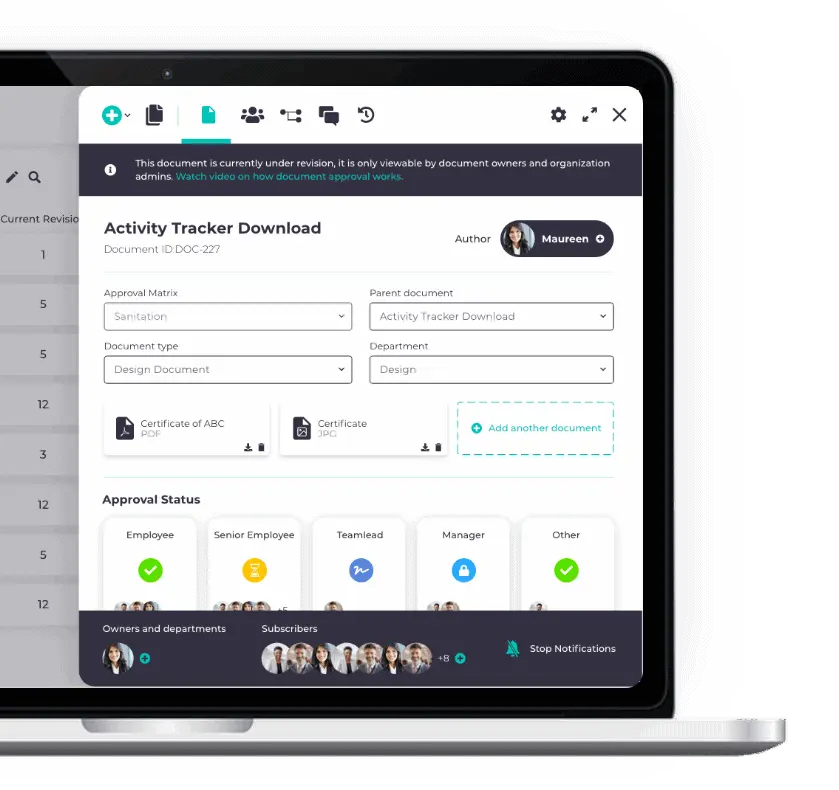“
My experience with Isolocity has been fantastic so far. The setup was painless, and their support team is terrific! Quick to respond and resolve any issues in a timely and professional manner!
John S. from High North.Industry: Laboratory
“
It has all the features I need for a company of our size and the price is fair.QMS is friendly user.Very good customer service, very fast turnover .
Sara M. from Believe Supplements.Industry: Natural Health Product
“
It is a software very easy to use, additionally its interface is very simple, comprehensive and intuitive, covers many features and areas of utmost importance to meet the quality standards imposed by ISO standards, so it facilitates certification, also occupies the field of production and / or maintenance by generating orders or commands needed to calibrate or verify the equipment, keeps online all documents necessary for AS / ISO and tracks all KPI, such as quality and delivery performance.
Carlos B. from SB Tool & Machine Co.Industry: Aerospace
“
Isolocity has been a turn key solution to implementing the ISO9001:2015 standard. Chris and the Isolocity team have made for a fast, easy and fun transition into implementing data control. With the easy to use software and excellent customer service offered, I would recommend this solution to any business concerned with Quality Control.
Danielle Vine from Dvine Laboratories.Industry: Laboratory
“
The team at Isolocity are very supportive during the learning process and really spend the time to be sure that we transitioned effectively. The software is intuitive, well designed and captures everything we need without a huge learning curve and a long startup process.
Jeff N. from Ambix Manufacturing.Industry: Manufacturing
“
Efficient, user friendly, keeps everything in one place, over the internet which means it's accessible from anywhere around the world. Keeps your drawings, parts characteristics, notes. Generates orders (which we use as work orders). Alerts you when it's time to calibrate or check equipment, keeps all necessary documents for AS/ISO online plus keeping track of all KPI's such as quality and delivery performances.
Arsany B. from SB Tool & Machine.Industry: Aerospace
“
Good service, easy-to-use, and a great software to get your business organized and manageable.
Jacob Luke J. from TJP Labs.Industry: Biotechnology
“
We have been using Isolocity since 2018 and have nothing but good things to say about Chris and the Isolocity team. Whenever we have had a support request, the Isolocity team have been exceptionally responsive and quick to resolve any issues. In addition, the Isolocity software has helped us iteratively maintain our ISO 9001:2015 certified quality management system and pass external audits with flying colours.
Michael Amadi from Nimble Learn.Industry: Service
“
Isolocity keeps us honest when maintaining our internal SOPs. Not only with the internal training tutorial to use the tutorial, but followups from their customer success representatives weekly to ensure we have the support we need. CAPA, alerting, version control of SOPs and release forms are all easily done in Isolocity.
Daniel Wanis-Ruiz from Elevated SignalsIndustry : Service
“
The software offers an abundance of features at an incredibly affordable price. It's exceptionally user-friendly and intuitive to navigate.
Greg J. from Far Chemicals.Industry: Chemicals
“
Isolocity has really come to bat for us when it comes to the support of their products. Their level of communication and flexibility has helped reduce countless headaches. This is a company that truly stands behind their product and has provided an excellent level of service.
Brandon Basham from Marimed.Industry: Cannabis
“
User friendly in production -Traceability is effective -Training management is automated -SOP Version control/change control is easy to use -Complaints, change control, non-conformance, OOS and deviations are already built in
Sebastien R from Newpharma Gnik.Industry: Food production
“
We LOVE Isolocity for Document Control, Equipment Maintenence and Training.
Phil H. from Pond Naturals.Industry: Biotechnology
“
I absolutely adore this software. I honestly can't think of any downsides to this program.
Antônio A. from BZAM.Industry: Cannabis
“
We are proud customers of Isolocity. It’s an excellent tool, it helps us save a lot of paper. With Isolocity we are able to track everything digitally. It’s been an excellent relationship with Isolocity, they provide great customer service. If we face any issue or any question, they provide training on how to use Isolocity for our employees. Isolocity has been amazing for us, happy to work with them.
Rick Moriarity from High North.Industry: Laboratory
“
The customer service at Isolocity is superb. The agents are easily reached easy to talk to and respond in reasonable time. This way your work flow is not delayed. They also check in on you if they have not heard from you in a while to ensure that everything is going well. They facilitate training and make suggestions on how we can better utilize the services of Isolocity.
Odette C. from Pure Jamaican.Industry: Pharmaceuticals
“
Ease of accessibility and fillable templates helped to eradicate paper forms.User friendly and works on any device.Task assignments, Implementation Plans and Notifications recorded on reports.
Faith M. from Bold GrowthIndustry: Natural Health Product
“
Isolocity has great expertise in quality management. Their consulting service and innovative Isolocity software were really helpful in our ISO certificate application process. I would highly recommend Isolocity and Chris for other small-medium enterprise who are seeking consulting and software solutions for quality management.
Tony.X. Cao from AUG SignalsIndustry: Manufacturing
